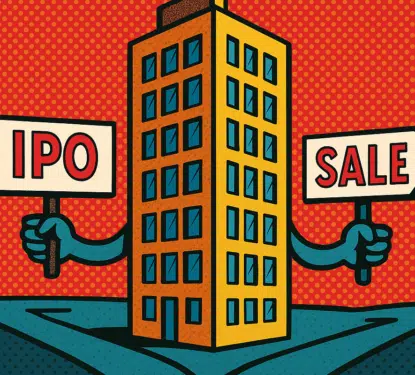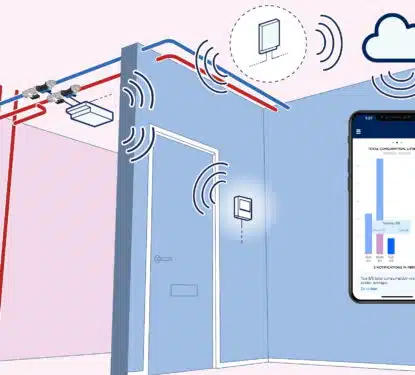COVID-19 has focused the world’s attention on health, this is especially true for commercial buildings that have seen significantly reduced, and often zero, occupancy for much of the past year. Cleaning and contactless technologies have taken center stage in the fight against virus transmission to comply with new regulations and encourage workers back to the office with confidence. However, it is worth remembering that health was a key pillar of smart buildings before the pandemic too, albeit through the “softer” health benefits of lighting and environmental control. Now, as we look ahead to the post-COVID era, the inevitable consolidation of commercial real estate looks set to drive a long-lasting era of broad health benefits in buildings. “Some of the more tactile elements of building technologies are more front and center to boost confidence in staff that the owner/employer is being seen to take the risk seriously,” smart buildings consultant, Roger Woodward, told Memoori. “However, things […]
Most Popular Articles

MRI Software: Exploring the 2025 IPO & Sale Options
This Research Note examines a report from Reuters that MRI Software is to be listed in an IPO or sold. We explore the development of the business over the last 10 years, since it was acquired by private equity owners, highlight their software acquisitions for commercial real estate applications addressing integrated workplace management, tenant experience […]

Podcast 40: Stiles Property Management Found $400K+ in Hidden Savings
Most property managers know their buildings are hemorrhaging money through inefficient systems. The problem? They have no idea where to start looking. Devon Newton, VP of Property Management at Stiles, faced this exact challenge with 110 East, a new Class A development in Charlotte’s Southpark district. Despite managing 116 properties across the Southeast, she found […]

Smartvatten Strengthens European Position with 2025 LeakLook Acquisition
This Research Note examines Smartvatten, a Finnish specialist in water efficiency technology and expertise in Northern Europe. It updates our previous article in March 2024, covering Smartvatten’s solutions, key developments in 2024, sustainability partnerships and the September 2025 acquisition of LeakLook, a Finnish specialist in IoT-driven water monitoring for real estate. Smartvatten Profile Established in […]
